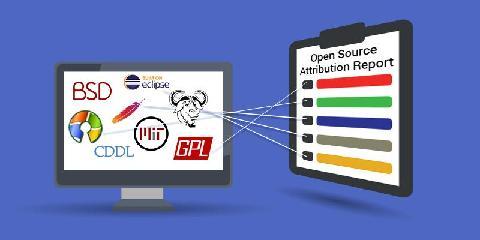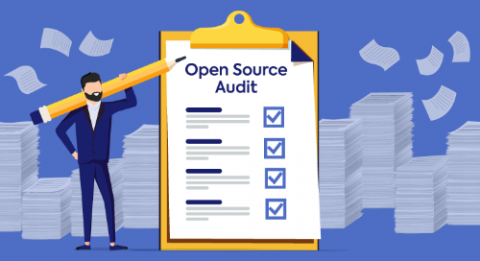Everything You Wanted to Know About Open Source Attribution Reports
Open source components are a major part of the software products we create and use. Along with the many advantages that using open source projects brings to software development organizations, it also comes with obligations and added responsibilities. One of these requirements is open source licensing compliance.











